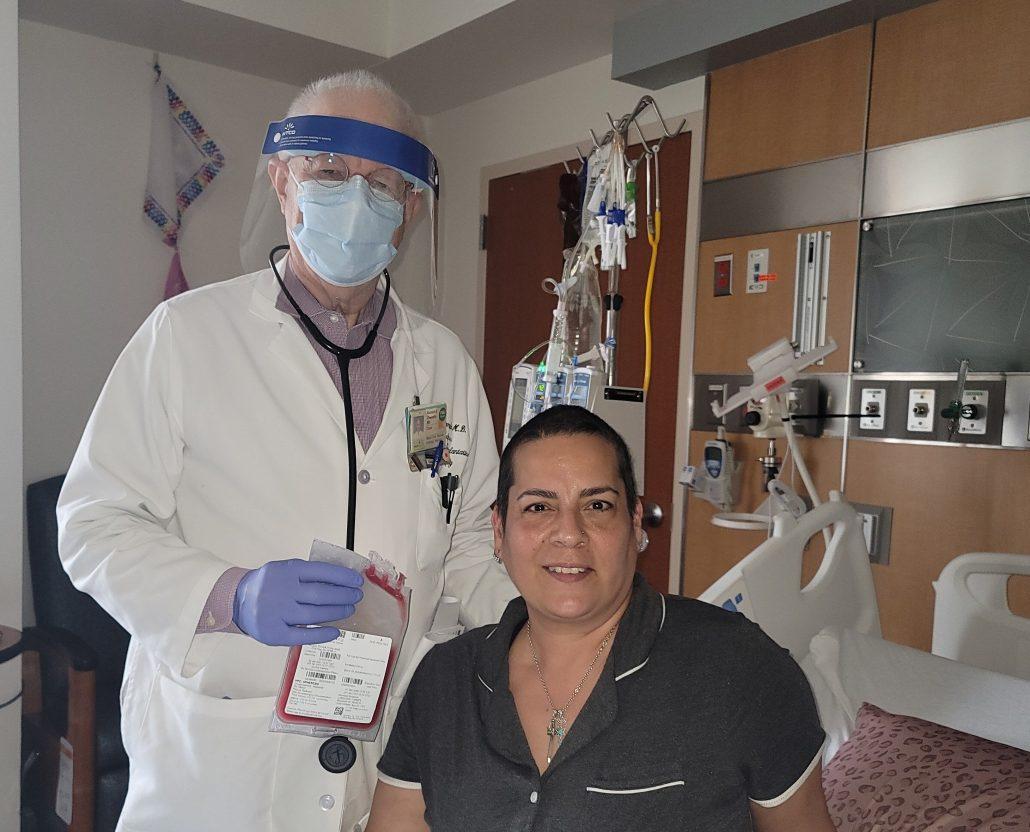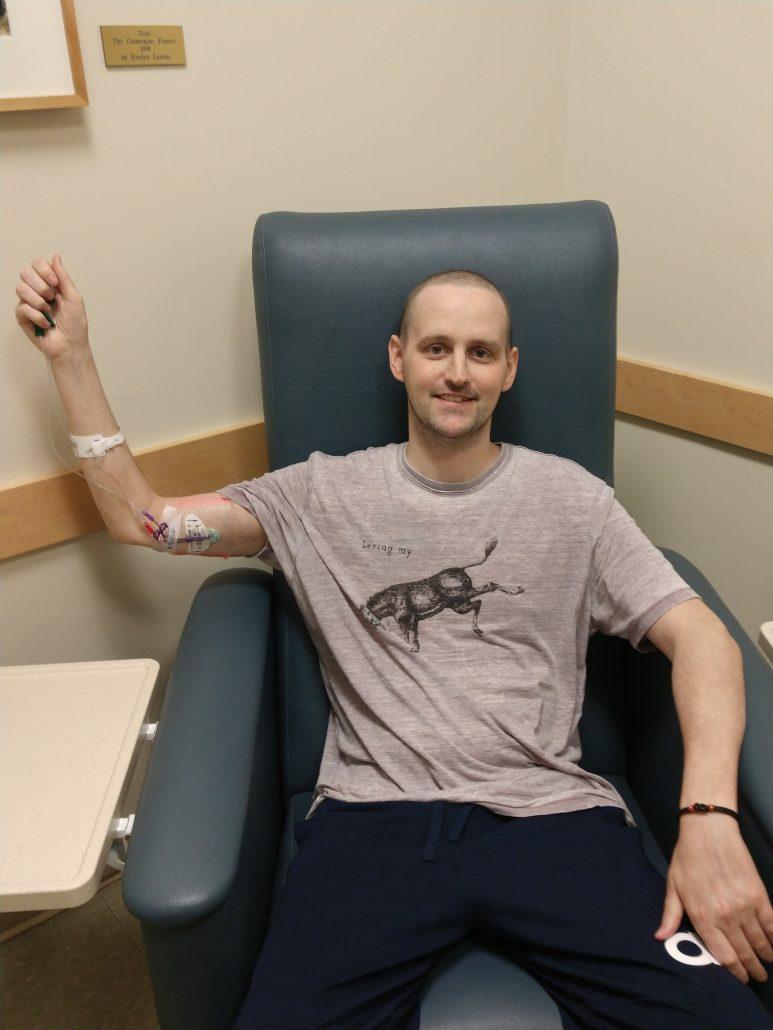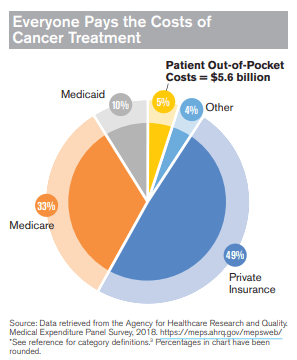
MobilityWorks
Accessibility for all: Helping people connect with who and what matters most
Searching...
No results found. Please try modifying your search.
Our nonprofit can find financial help for cancer patients through fundraising, unlocking greater support for cancer patients' long-term care needs.
Cancer survivorship has increased over the years–in fact, according to cancer.gov, there were an estimated 16.9 million cancer survivors in the United States in 2019, and that number is projected to reach 22.2 million by 2030. As positive as the survivorship rates are, they come with a substantial burden of expense. Financial assistance for cancer patients can be hard to come by. Finding cancer financial assistance as a cancer survivor can be a daunting task, but there is hope with Help Hope Live.

It is overwhelming for one individual to endure the pain, sickness, and mental trauma that comes with fighting cancer, and then experience stress over the resulting expenses. In medicine, this scenario can create what the National Cancer Institute defines as financial toxicity problems caused by the cost of medical care that can impact quality of life and access to medical care for cancer patients. Financial toxicity has even resulted in patients not getting treatment for cancer because of the costs involved.
With the variety of existing treatments, the question, “how much does cancer treatment cost?” is difficult to answer. An article on fightcancer.org explains that treatment can consist of one or a combination of the following:
The need for cancer financial assistance is higher than ever. With overall cancer costs rising, and cancer representing a significant portion of total US health care spending, it is important to have additional sources of financing in order to fund cancer treatments.
Below is a bar graph showing the projected increase in cancer costs by 2030.

A 2019 report by the U.S. Bureau of Labor Statistics revealed that the average monthly costs for cancer treatments were:
A cancer diagnosis comes with both direct and indirect costs—some of which insurance may cover and some of which will be out-of-pocket expenses.
Here are a few of the most common costs individuals and families face after a cancer diagnosis.
Depending on the specifics of the diagnosis, cancer may also lead to an amputation, a bone marrow transplant, and other treatment pathways with their own associated expenses.
Other indirect costs can include:

Patient costs are simply unaffordable. The American Cancer Society (ACS) estimates that there were roughly 1.8 million new cases of cancer in the US in 2020. The Agency for Healthcare Research and Quality Medical and Quality conducted a survey and found that in 2018, “cancer patients in the US paid a total of $5.6 billion out-of-pocket for cancer treatments, including surgical procedures, radiation treatments, and chemotherapy drugs.”
Even if you have medical insurance to cover cancer expenses, not all costs are fully covered. Below is a chart breaking down the out-of-pocket expenses that come with cancer.

While medical insurance is critical to covering many cancer costs, it typically DOES NOT cover all of the expenses associated with cancer treatment. For many patients, this discrepancy can result in substantial out-of-pocket expenses. Cancer fundraising is often a critical part of providing financial assistance to cancer patients.
Fundraising with our nonprofit works as follows:
At Help Hope Live, cancer patient financial help begins by guiding individuals and their friends and family members on how to raise money for medical costs through community-based fundraising.
Our simple campaign request helps our team to determine whether fundraising is a viable option for you. If it is, we will work with you on a one-to-one basis to get your fundraising campaign up and running.

Here are a few Help Hope Live fundraising success stories:
Late in 2020, mom of three, wife, and good friend Carmel Longoria received the difficult news that her cancer was out of remission. Unable to work and juggling continuous chemotherapy in addition to medical travel, Carmel and her family began fundraising with Help Hope Live. Within seven months, they had surpassed $12,800 raised. Carmel was able to receive multiple potentially life-changing transplants in 2021 to help her live a healthier life.
At 28 years old, Patrick “PJ” Kent experienced aches and pains that led to a shocking diagnosis: acute lymphocytic leukemia. Fundraising became a critical part of his family’s financial picture to assist with urgent needs ranging from specialized treatments to inpatient care and unexpected hospitalizations. In 2020, his family recognized the one-year anniversary of his diagnosis with new hope.
If you choose to fundraise with our nonprofit, here’s how the process will look:
1. APPLY for assistance
2. YOU’LL BE PAIRED with a Client Services Coordinator
3. YOUR COORDINATOR will provide you with one-on-one fundraising help, including personalized fundraising materials and guidance on how to rally your community, share your story on social media, reach out to the press, plan in-person or virtual fundraising events, and more.
Need Other Financial Help Options?
For alternatives to fundraising, you can find information on a variety of cancer financial assistance options. Please view our Catastrophic Illness Resource Directory for insight into sources of direct financial aid, support groups, and other resources for cancer patients and their families.